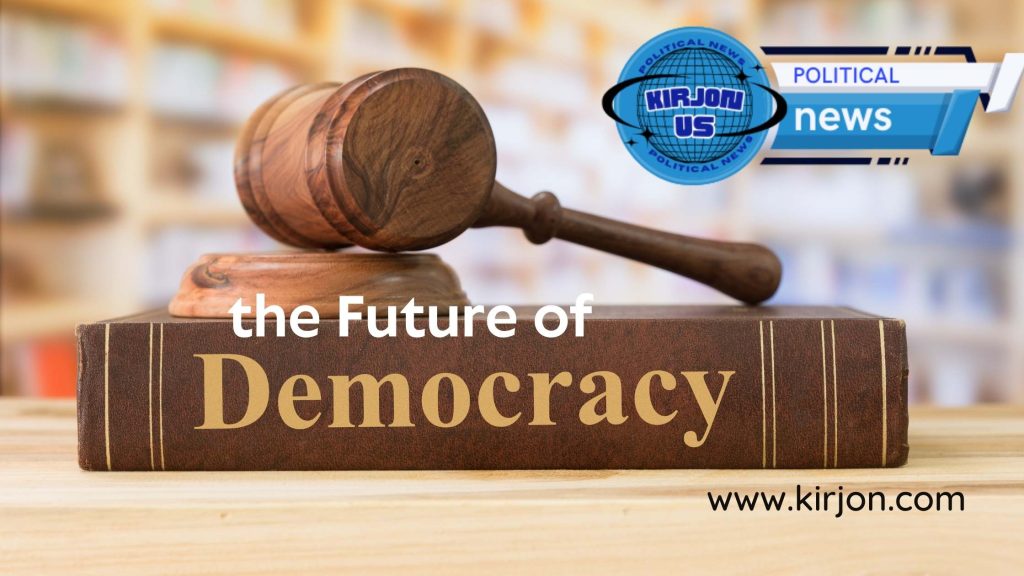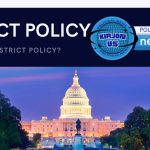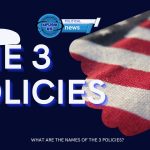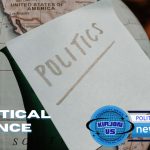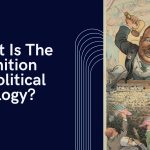As the United States stands at the crossroads of history, the 2024 elections loom large, eliciting a spectrum of emotions ranging from anticipation to trepidation. Central to the national discourse is the existential question concerning the state of American democracy. In a landscape marred by political polarization and societal fissures, the contours of democracy appear increasingly blurred, prompting introspection and apprehension alike.
The Polarized Spectrum: An Unwavering Concern
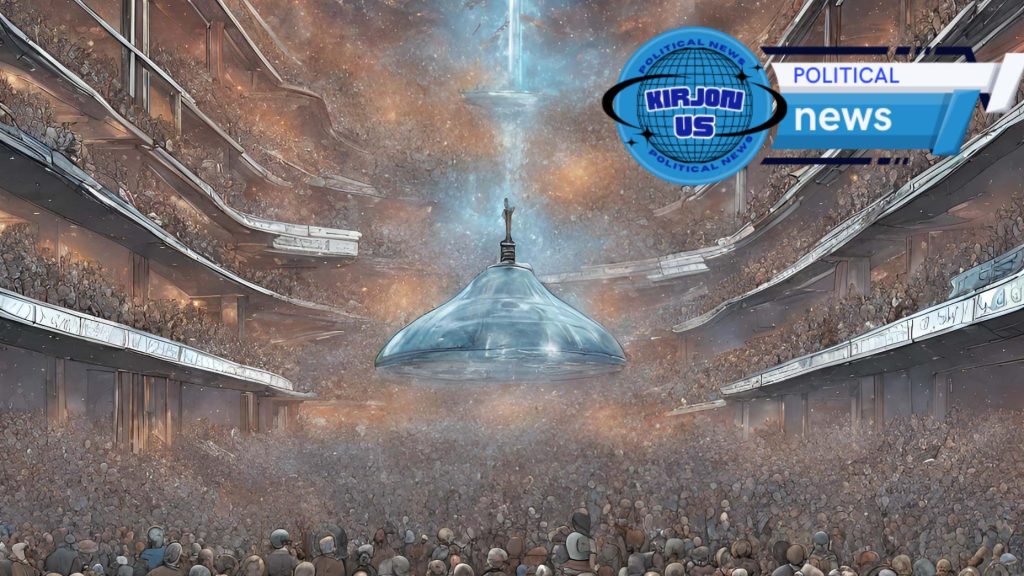
In a politically polarized nation, where consensus often proves elusive, a remarkable convergence emerges concerning the precarious state of democracy. Recent findings from a comprehensive poll conducted by The
Associated Press-NORC Center for Public Affairs Research reveal a sobering reality: 62% of adults harbor deep-seated apprehensions regarding the fate of democracy, contingent upon the outcome of the forthcoming presidential contest. This sentiment transcends partisan boundaries, with both Democrats and Republicans sharing a common worry, albeit through divergent lenses.
Echoes of Dystopia: Biden’s Narrative vs. Trump’s Rhetoric
At the heart of the discourse lies a clash of narratives, epitomized by the starkly contrasting visions articulated by President Joe Biden and former President Donald Trump. Biden, casting a shadow of dystopia, warns of a grim future should Trump secure a return to the White House. Citing authoritarian inclinations and a penchant for flouting democratic norms, Biden paints a bleak picture of unchecked executive power. In stark contrast, Trump positions himself as the aggrieved party, decrying perceived political persecution orchestrated by the incumbent administration.
Delving deeper, the chasm widens, exposing fundamental disparities in perceptions between the political aisles. From the left, apprehensions crystallize around the specter of encroaching authoritarianism, with fears centering on the erosion of institutional safeguards and the consolidation of unchecked executive authority. Conversely, voices from the right articulate concerns over governmental overreach, emphasizing threats to individual liberties and ideological coercion.
Assessing Democracy’s Pulse: A Mixed Verdict
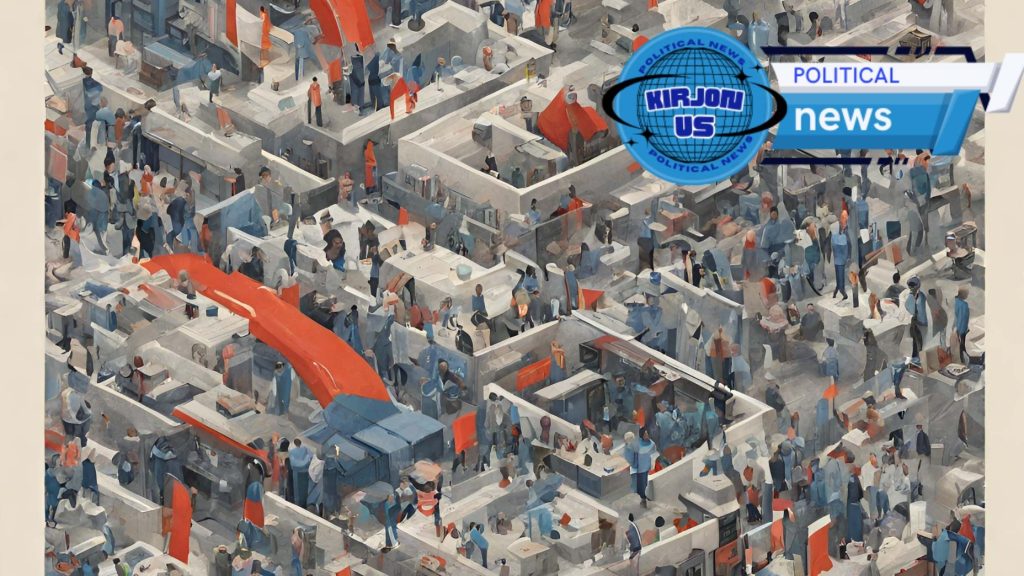
Amidst the cacophony of discordant voices, a nuanced assessment of democracy’s health emerges. Approximately half of U.S. adults express a palpable sense of disillusionment, citing dissatisfaction with the current trajectory of democratic governance. Moreover, the pivotal importance ascribed to the impending presidential election underscores its seismic significance in shaping the nation’s democratic landscape.
Voices of Dissent: Questioning the Foundations
Diverse voices from across the political spectrum raise poignant questions regarding the integrity and resilience of American democracy. Concerns span a broad spectrum, ranging from perceived infringements on individual rights to the systemic erosion of democratic institutions. As disillusionment festers and skepticism mounts, the very foundations of democratic governance stand on increasingly shaky ground.
The Trump Phenomenon: Catalyst for Discord
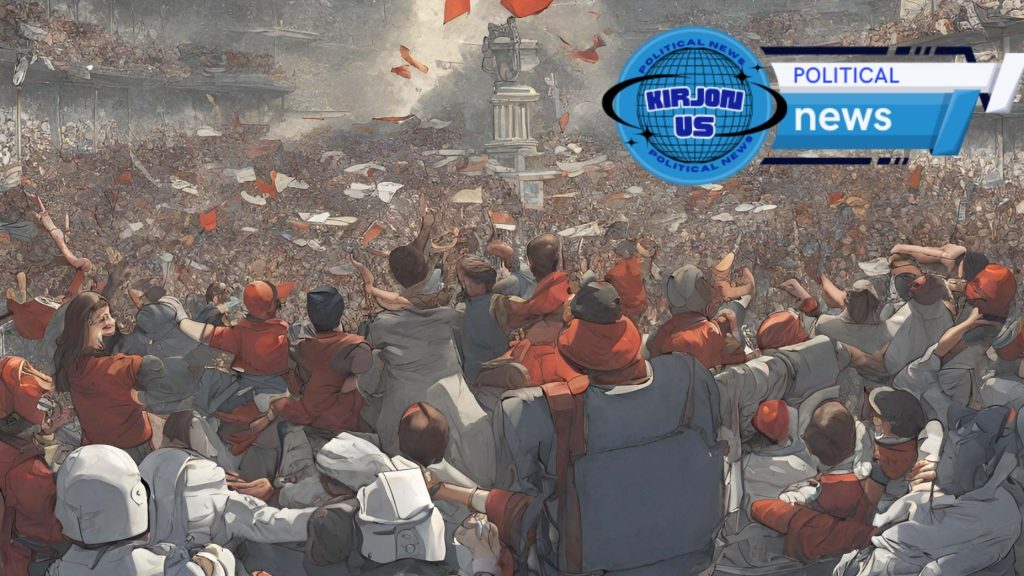
While not singularly responsible for the prevailing discord, Trump’s indelible imprint on the political landscape looms large, exacerbating societal fault lines and widening ideological chasms. His steadfast support base remains unwavering, viewing him as a bulwark against perceived encroachments on conservative values. In this cauldron of contention, Trump’s divisive rhetoric and authoritarian proclivities serve as a potent catalyst for societal discord and political unrest.
Media Influence: The Polarizing Paradigm
The proliferation of echo chambers within social media and news outlets exacerbates the polarization narrative, perpetuating a cycle of mistrust and animosity towards opposing ideologies. Biased narratives, amplified through algorithmic curation, reinforce existing biases and deepen societal fault lines. In this fragmented media landscape, perceptions of existential threats to democracy are amplified, further entrenching societal divisions.
Challenges on Multiple Fronts: From Gerrymandering to Voting Rights
Beyond rhetorical skirmishes, tangible threats to democracy manifest at the grassroots level, encompassing political gerrymandering and concerted efforts to curtail voting rights. These systemic inequities, coupled with socioeconomic disparities, undermine the democratic ethos and disenfranchise marginalized communities. As barriers to political participation proliferate, the very essence of democracy stands imperiled.
A Call to Arms: Safeguarding Democratic Ideals
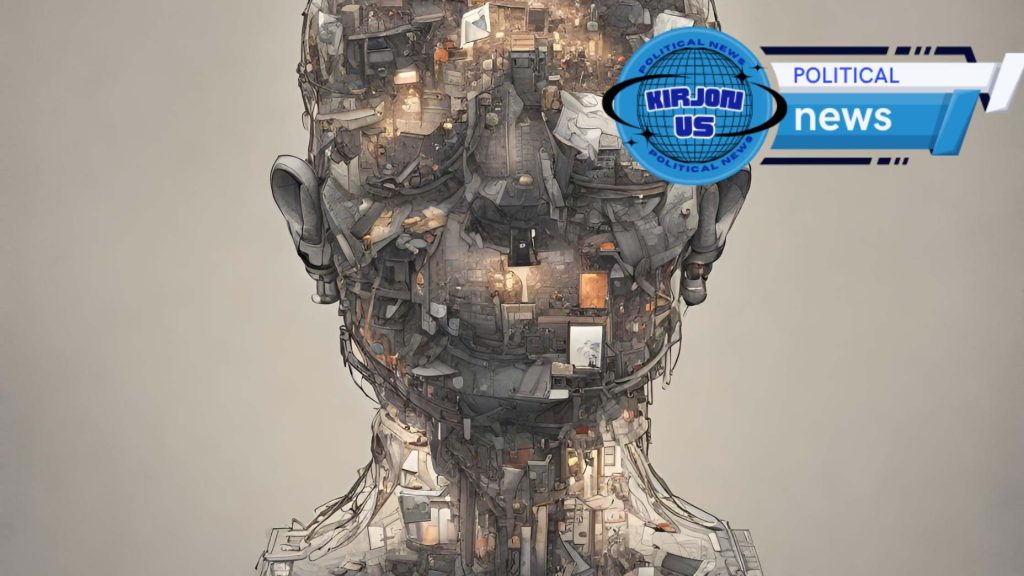
As the nation grapples with its democratic identity, a clarion call for vigilance reverberates across the political spectrum. The upcoming election serves as a crucible, testing the resilience of American democracy in the face of mounting challenges. Only through collective introspection and concerted action can the nation chart a course towards a more inclusive, equitable, and resilient democratic future.
Conclusion: Navigating the Tides of History
In the crucible of uncertainty, the fate of American democracy hangs in the balance, poised precariously between renewal and regression. As divergent perspectives collide and ideological fault lines deepen, the imperative of safeguarding democratic principles becomes paramount. In the crucible of adversity, the nation finds itself at a historic juncture, tasked with navigating the tides of history and emerging stronger, more united, and more resilient than ever before.
Faq
1. What are the primary concerns regarding the state of democracy in America?The primary concerns revolve around the erosion of democratic norms, polarization, threats to individual liberties, and the consolidation of unchecked executive authority. Additionally, issues such as political gerrymandering, voter suppression, and socioeconomic disparities contribute to apprehensions regarding the health of American democracy.
2. How do Democrats and Republicans perceive the threats to democracy differently?
Democrats tend to emphasize concerns over encroaching authoritarianism, erosion of institutional safeguards, and challenges to democratic norms. Conversely, Republicans often cite fears of government overreach, ideological coercion, and perceived infringements on individual freedoms.
3. What role does former President Donald Trump play in shaping perceptions of democracy?
Former President Trump remains a polarizing figure whose rhetoric and actions continue to exacerbate societal divisions and deepen ideological fault lines. While his supporters view him as a champion of conservative values, critics express concerns over his authoritarian tendencies and disregard for democratic norms.
4. How does media influence contribute to polarization and perceptions of threats to democracy?
The proliferation of echo chambers within social media and news outlets amplifies polarization by reinforcing existing biases and perpetuating divisive narratives. Biased reporting and algorithmic curation further entrench societal divisions, fostering an environment of mistrust and animosity towards opposing viewpoints.
5. What concrete challenges threaten the integrity of American democracy at the grassroots level?
Tangible threats to democracy manifest through practices such as political gerrymandering, voter suppression tactics, and socioeconomic disparities. These challenges undermine the democratic process, disenfranchise marginalized communities, and perpetuate systemic inequities.
6. How can citizens contribute to safeguarding democratic ideals in the face of mounting challenges?
Citizens play a crucial role in safeguarding democratic principles by remaining vigilant, actively participating in the political process, and advocating for transparency, accountability, and inclusivity. Additionally, fostering constructive dialogue, promoting civic education, and supporting initiatives aimed at strengthening democratic institutions are essential steps towards ensuring the resilience of American democracy.

